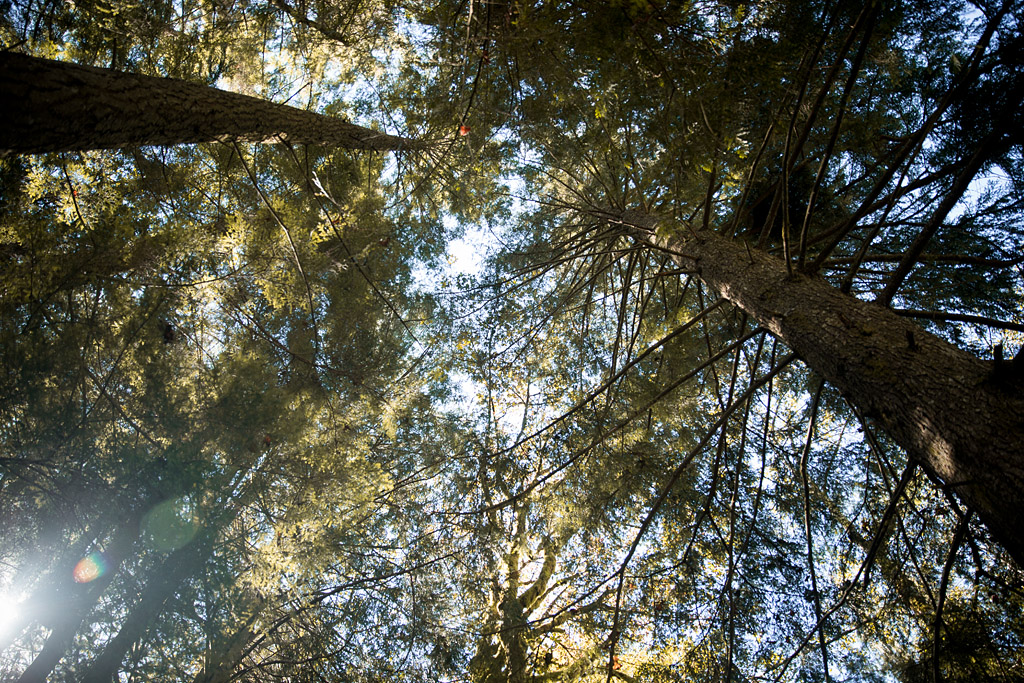Welcome to The Nature Fix, the new blog that will peer into the tantalizing connections between nature and human health. A few years ago, this was a topic starting to bubble in the public consciousness. Thanks to great work by journalist Richard Louv and so many others, the importance of getting more people outside is now a goal of many schools, organizations and workplaces, including REI.
Louv coined the term “nature-deficit disorder.” I was aware of it, but after 20 years of living and playing in the Rocky Mountains, I was happily inoculated against it. In 2012, though, a job move landed my family in Washington, D.C. It wasn’t long before my body and brain went into a kind of urban frizzle-freak. Not to mention my humidity-averse hair, but that’s another story. I didn’t know much about how to find sustaining pockets of nature in the city and how to maximize my dosage-drip of it.
What I did know was that something was wrong. I wasn’t sleeping well, I was anxious, and the constant noise of urban life was making me distracted and a little bonkers. I longed for my bird-filled ribbons of alpine trail, and longing is defined by loss. I wanted to figure out what my neurons were missing, and why. Was nature-deficit disorder real? And if it so, could we fix it?
If I was going to do more than merely survive in my new habitat, I needed to figure some things out. I went to Japan on assignment for Outside magazine to write about a quirky practice the Japanese call “forest bathing.” This basically involves strolling or hanging out in the woods and letting the qualities of nature seep into all five senses.

For me, it was a new way of thinking about being outside for short spurts, and it worked, in measurable ways, to calm my nervous system. I started to learn about the science behind what I was experiencing at home. Japanese researchers weren’t content to leave nature-love to the realm of haikus. They wanted to quantify it, document it, deliver it up for useful purposes. But there was much they didn’t know yet, like what’s the best dose of nature? Who is best helped? How does it work? That sent me on a longer journey, including writing The Nature Fix: Why Nature Makes Us Happier, Healthier, and More Creative.
I’ll be looking at the idea of dose in this column, plus exploring definitions of nature and what I learned from the many scientists, clinicians and general wisdom-keepers devoting their lives to getting people reconnected to the outdoors.
There’s not a moment to lose. My move to the city echoes a pervasive but little-talked-about global trend: a massive migration indoors. Between the growth of cities and the lure of technology, we are experiencing a collective dislocation from the natural world. If it was making me antsy, chances were good other people are feeling it too.
Here’s just one remarkable stat: Over 70 percent of mothers today said they played outside every day when they were kids, but only 31 percent say their children do. That’s just one generation, people. We are losing one of the most important relationships in our lives. Our kids don’t even know what they’re missing. There’s an urgency to this message. Let’s not allow the chain to break altogether on our watch.
I’m dedicating this first post to a remarkable teacher and scholar, Steve Kellert, who succumbed to cancer this winter, too early in a life where there was much good work to be done. Steve co-authored The Biophilia Hypothesis with biologist E.O. Wilson, and penned an eloquent book about the importance of nature to all of us, but especially children, Birthright: People and Nature in the Modern World. It was Steve who shared with me a beautiful quote by Wallace Stegner from Wolf Willow: “Expose a child to a particular environment at his susceptible time and he will perceive in the shapes of that environment until he dies.”
Kids have a window in which they learn to love the natural world, and we’re in a window now to safeguard it. Once the love seeps in, it lasts forever.
